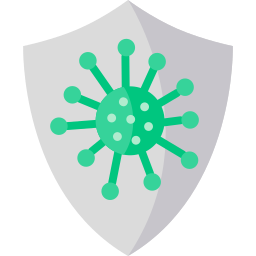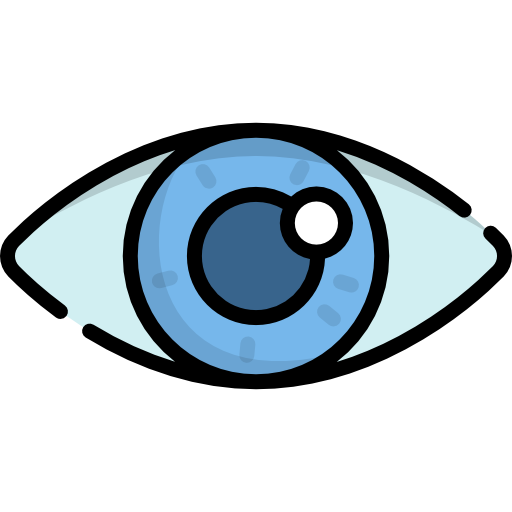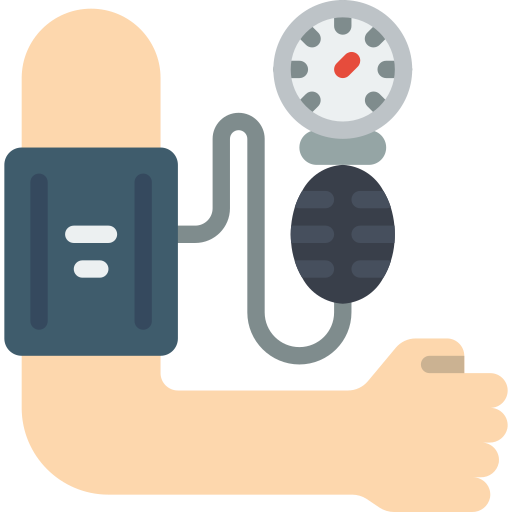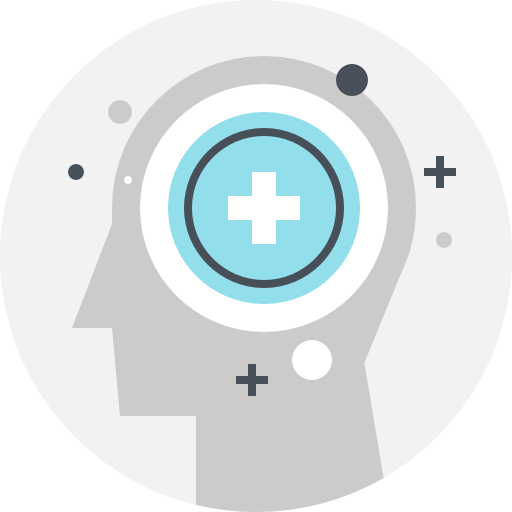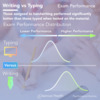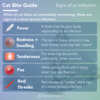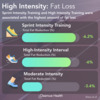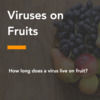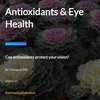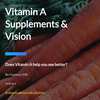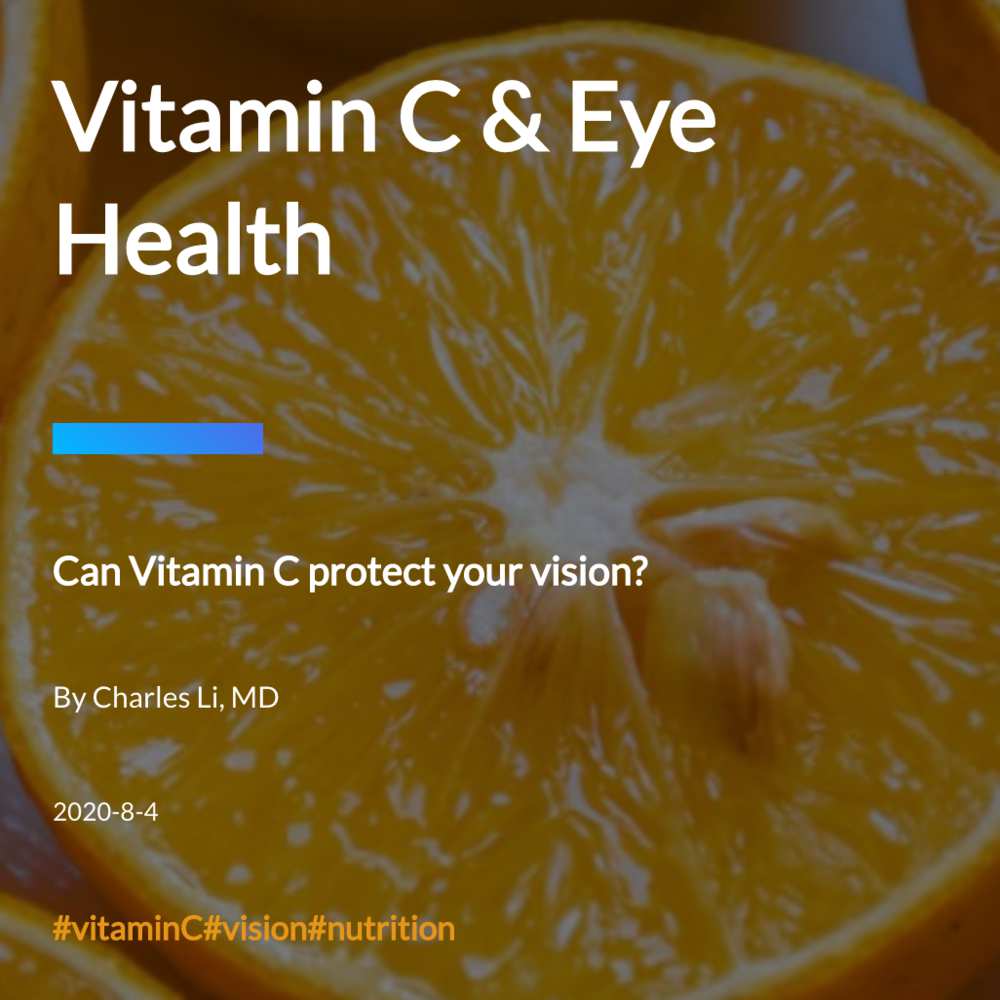
Key Facts

1. Vitamin C in food can prevent cataracts
Eating lots of fruits and vegetables has been associated with a lower risk of cataracts, a disease where your vision becomes blurred and obscured.

2. High Dose Vitamin C May Be Harmful
However, taking high dose Vitamin C may be harmful. A study found that women who took Vitamin C supplements actually increased their risk of cataracts.

3. Diet
The good news is that getting Vitamin C in your diet helps in many ways, including its antioxidant effects.
Background
Key Facts
Key Functions
Key Facts
- TypeEssential, Water soluble
- Other Namesascorbic acid
- Daily AllowanceWomen: 75mg, Men:90mg
Appearance

Key Sources

Fruits

Vegetables

Peas

Collagen
Your body needs Vitamin C to create collagen, a critical component of joints and connective tissue.

Wound Healing
Vitamin C helps your body heal wounds

Immunity
Vitamin C helps your body fight off infection

Study 1
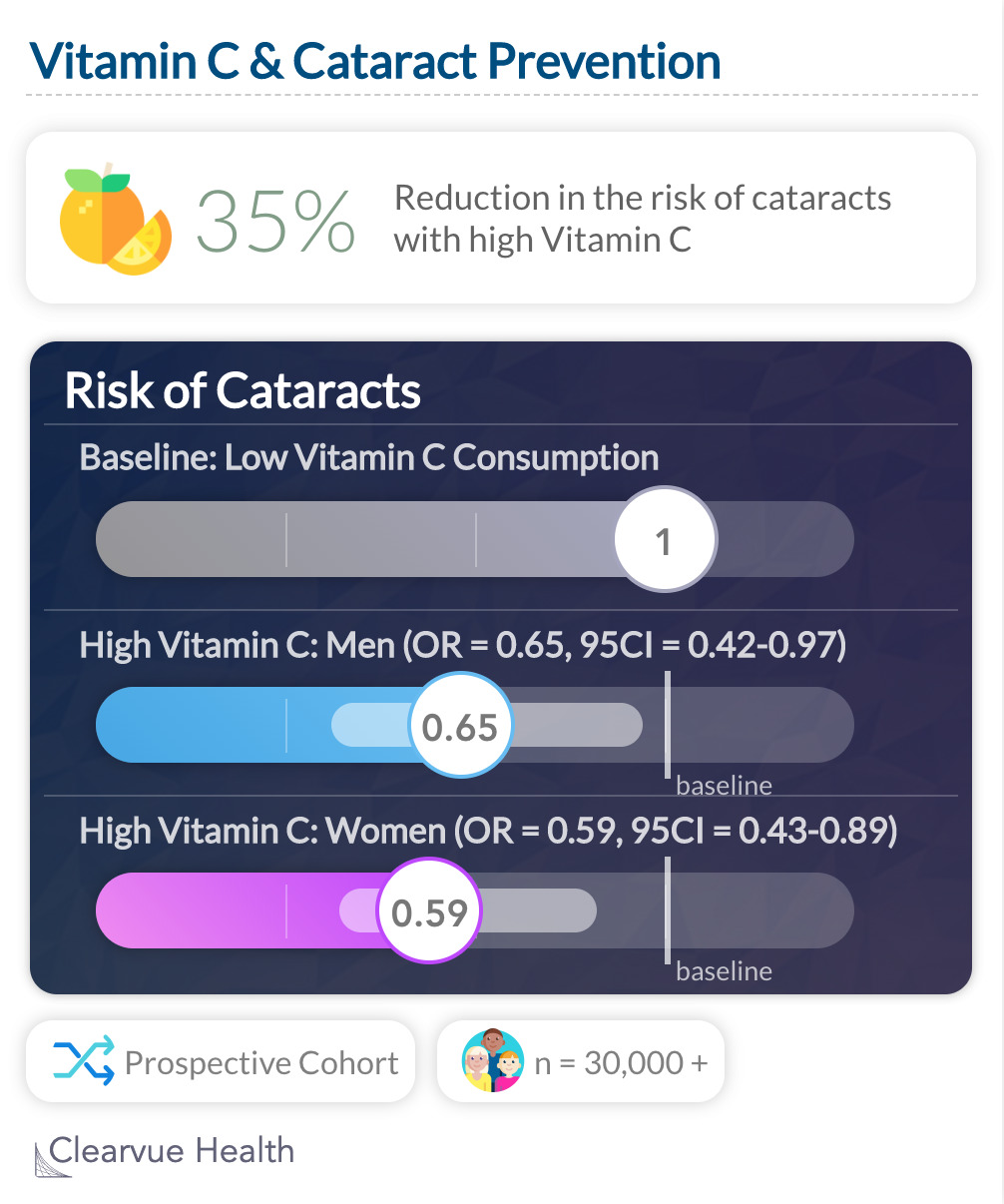
Data Source
"Conclusions: Dietary vitamin C intake might lower the risk of age-related cataracts among middle-aged Japanese."
Study 2
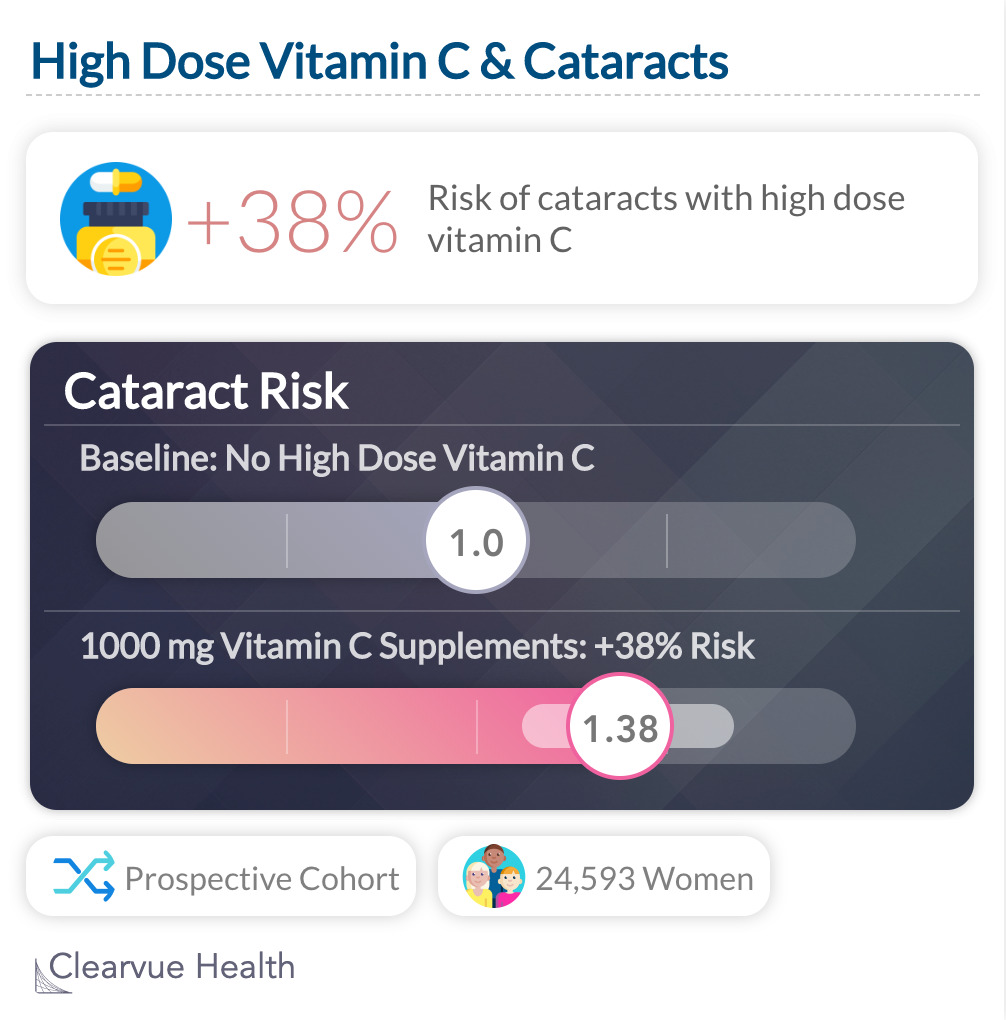
A study out of Sweden found that women who took high dose Vitamin C had a significantly higher risk of developing cataracts compared to those who did not. (38% (95% CI: 12%, 69%))
Study 3
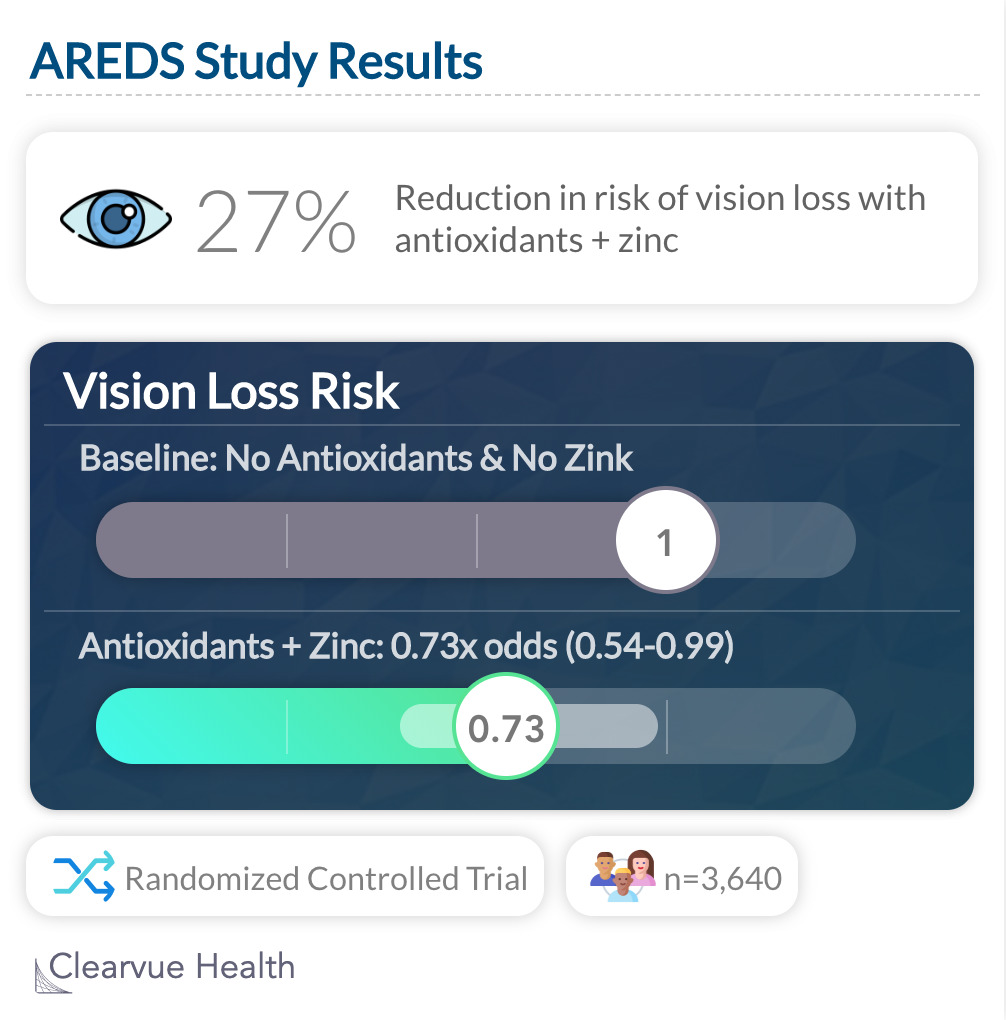
A clinical trial found that a combination of Vitamin C, Vitamin E, beta-carotene, zinc, and copper significantly reduces the risk of moderate visual acuity loss. OR, 0.73; 99% CI, 0.54–0.99
Key Facts
Examples

How they work
Antioxidants prevent cell damage by counteracting free radicals.

Effect on Disease
Research on Antioxidants and disease prevention has shown mixed results.
Common Sources

Chocolate

Berries & Fruit

Coffee

beta-carotene
Your body makes vitamin A with beta-carotene, commonly found in carrots.

Vitamin C
Found in all sorts of fruits, Vitamin C is a very commonly consumed antioxidant.

Vitamin E
Vitamin E can be found in nuts and seeds.

Key Takeaways
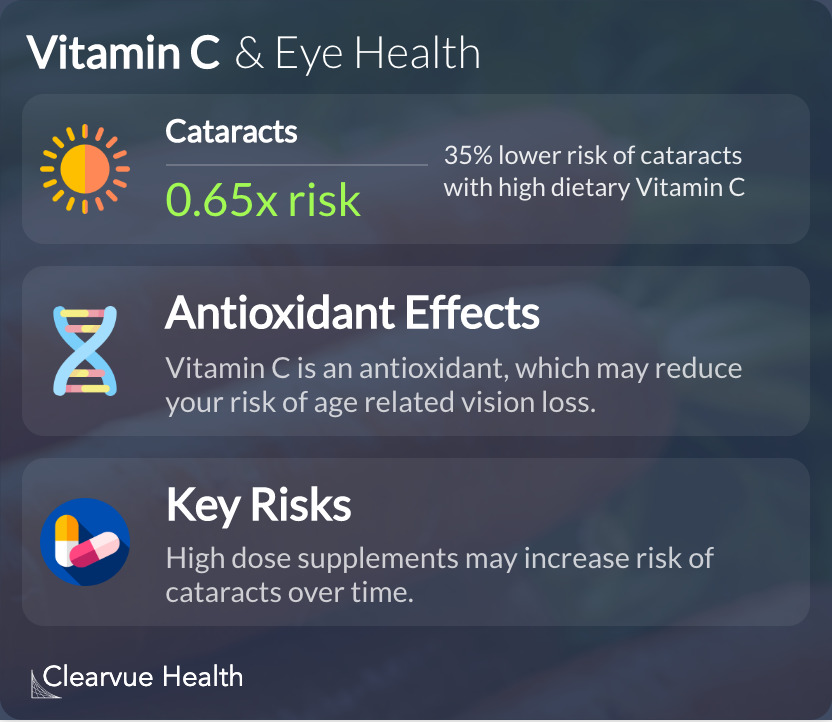
More Information

#nutrition
Scroll for more ->
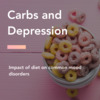
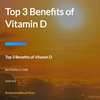


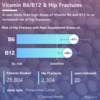
#vision
Scroll for more ->
#vitaminc
Scroll for more ->

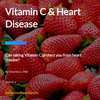

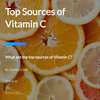
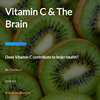
#new
Scroll for more ->






